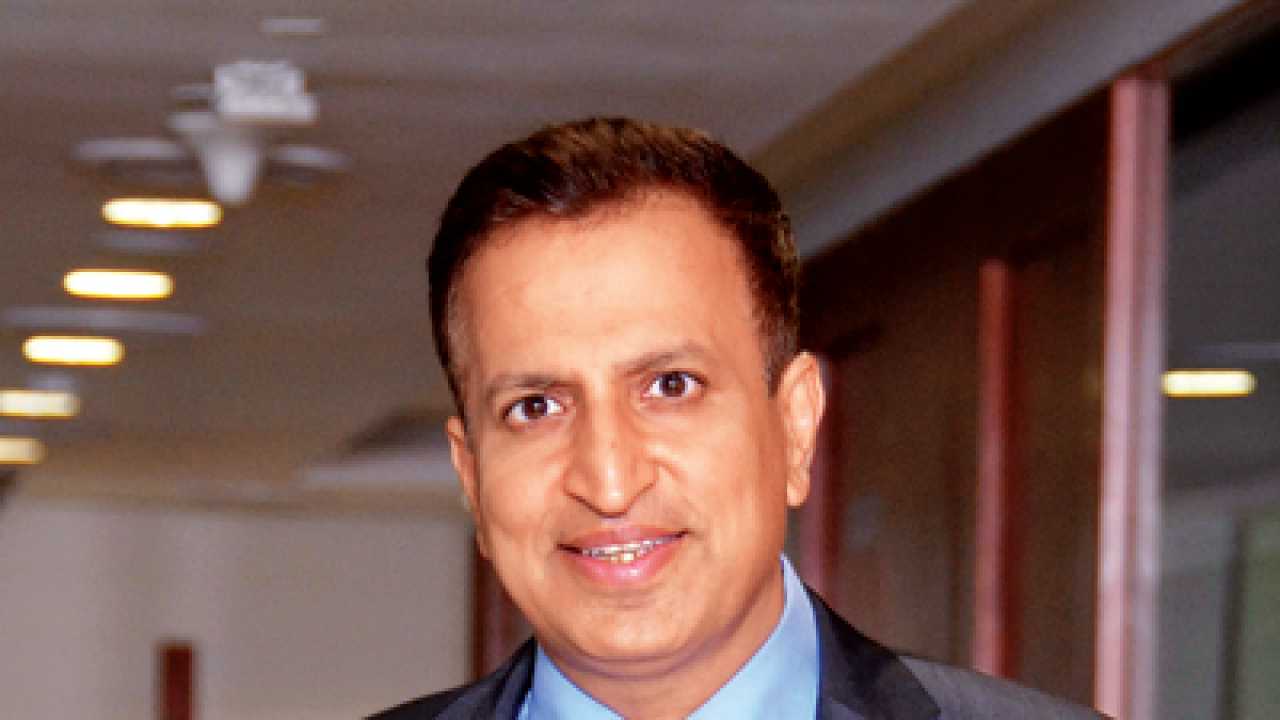
Equity markets have come back with a bang in 2014, but I believe this is just the start of a major bull cycle with big triggers coming from government reforms, a new low inflation and strong earnings growth.
Let's look at the first one. As we have seen with the recent ordinances on coal and insurance, has been a step in the right direction and has put to rest any pessimism that Rajya Sabha could derail government's reform inititatives. By 2016-17, when a few seats are up for grabs in Rajya Sabha, the government is expected to make significant strides there too.
A major positive development for the economy is inflation, which has hit all-time lows. The decline is structural in my view, driven by a mindset change in policy, because high inflation seen in the past few years was not demand-driven as much as incessant hikes in minimum support price (MSP) of food grains by the then government and the resultant impact on food and wage inflation.
Between FY2008 and FY2013, paddy prices were increased by 13.7% per annum and wheat by 12% even though food production increased at a rapid 2.6% CAGR, twice our population growth. This over production led to increase in government's stocks from 18 million tonnes in FY2007 to a whopping 62 million tonnes at present. This was clearly not good economics, as prices should not increase (without a cost push justification) when production has been in excess. This created an inflationary spiral, where increase in food prices led to soaring inflation and increased living costs of agricultural labourers.
In the last few crop seasons, MSP hikes, however, was hiked by a meagre 3-5% with the Reserve Bank of India, solely focussing on taming inflation.
I believe we have now entered into a new non-inflationary era. Bond yields have begun to show signs of easing and very recently, fell below the RBI's key repo rate of 8% after three years where it hovered above 8.5%. A substantial 100-150 bps decline in interest rates is imminent in my view, which is a significant trigger for investments, growth, rate-sensitive sectors and market P/E multiples in general.
Crude oil also looks to be in a multi-year structural glut, because of huge increase in shale oil production in US, adding almost 4 million barrels per day to the global supply (more than 5% of global supply) and this is likely just the beginning of the end of OPEC's cartelisation. Countries like China have even bigger shale reserves than USA. Lower crude is a huge positive for India in terms of lower inflation, fiscal and current account deficits.
Higher inflation had in the past impacted operating margins of corporate India due to higher input costs from 20.2% in FY2008 to 16.1% in FY2014. Also interest expenses went up from 3.2% of sales in FY2008 to 5.2% in FY2014. Going forward, lower operating and fixed costs and interest rates are likely to result in sharp earnings growth in coming quarters, which in my view is likely to drive up markets further. Equities, in my view have been the best asset class empirically for wealth creation in a high growth economy. I would recommend investors to accordingly re-strategise their investment portfolios to benefit from the high growth that India is expected to witness in coming years.
The author is the chairman & managing director at Angel Broking